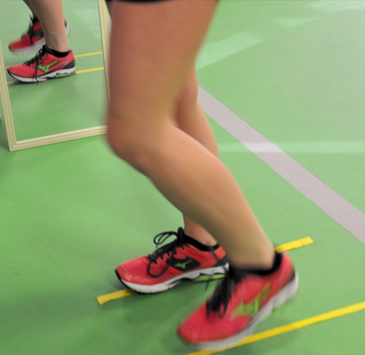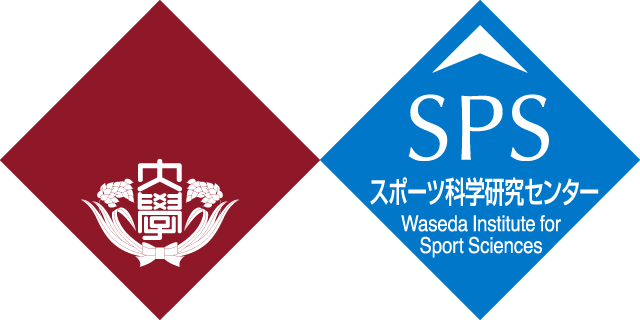- NEWS
- Qualitative and quantitative return-to-sport test battery and second anterior cruciate ligament injury risk factors
Qualitative and quantitative return-to-sport test battery and second anterior cruciate ligament injury risk factors

- Posted
- 2024年9月3日(火)
Abstract
This study was conducted to determine risk factors for second anterior cruciate ligament (ACL) injury using return-to-sport (RTS) tests consisting of qualitative and quantitative measures in young athletes.
All athletes completed an RTS test consisting of qualitative and quantitative assessments and psychological assessments. Athlete demographics, surgical characteristics and sports participation were also examined.
In 72 eligible athletes, 12 suffered a second ACL injury. One variable that showed the lowest p-value in the preliminary analysis was entered into the binary logistic regression, which resulted in that qualitative assessment of knee valgus during the sidestep cut was associated with second ACL injury.
Athletes who demonstrated excessive dynamic knee valgus on the involved limb during the sidestep cut were approximately 4.6 times more likely to suffer a second ACL injury.
(1)Research Background
Quantitative assessments, such as strength and hop test performance, and psychological assessments are frequently used as part of return-to-sport testing after anterior cruciate ligament (ACL) reconstruction (ACLR) and have been found to predict second ACL injury.
(2)Findings
This study identifies qualitative risk factors for second ACL injury in adolescent athletes. Excessive knee valgus during a cutting task was associated with second ACL injury after primary ACLR in adolescent athletes.
(3)Methods Developed
A set of qualitative assessment methods in cutting movements was developed.
(4)Research Implications to Society
Return-to-sport tests after ACLR should include a qualitative assessment of knee valgus during a cutting or change of direction task.
(5)Future Issues
Future studies should continue exploring RTS test criteria, specifically qualitative assessment, that predict second ACL injury risk with a bigger sample size, especially in young female population.
(6)Researcher’s Comments
This study examined risk factor of second ACL injury with using quantitative and qualitative measures. A battery of the quantitative tests using such as limb symmetry index is common for RTS tests following ACLR. Hopefully, this study opens the door for a qualitative RTS test evaluation following ACLR.
(7) Terminology
※1 ACL
Anterior Cruciate Ligament
※2 ACLR
Anterior Cruciate Ligament Reconstruction
※3 RTS
Return-To-Sport
(8)Journal Information
Journal:BMJ Open Sport & Exercise Medicine
Title: Qualitative and quantitative return-to-sport test battery and second anterior cruciate ligament injury risk factors
Authors:Lauren Butler 1 2, Alexa Martinez 2, Mina Entessari 2, Gabriel Cardenas 2, Margaret Wright 2, Dai Sugimoto 3 4
1. Florida International University, Miami, Florida, USA.
2. Nicklaus Children’s Hospital, Miami, Florida, USA.
3. Faculty of Sport Sciences, Waseda University, Tokyo, Japan.
4. The Micheli Center for Sports Injury Prevention, Waltham, Massachusetts, USA.
Publishment Date(Local Time):Aug 3, 2024
Publishment Date(Japan Time):Aug 3, 2024
URL:https://blogs.bmj.com/bmjopensem/2024/08/08/a-peek-behind-the-study-with-lauren-butler-dai-sugimoto/
DOI:10.1136/bmjsem-2024-002000
